
https://www.rnartallo.co.uk/
Coarse-graining diffusions with discrete-state approximations is an easy and effective way to build stochastic models from observed trajectories, but how valid is this approximation?
arxiv.org/pdf/2511.05366
We focus on this problem, with an emphasis on the nonequilibrium steady-state.

Coarse-graining diffusions with discrete-state approximations is an easy and effective way to build stochastic models from observed trajectories, but how valid is this approximation?
arxiv.org/pdf/2511.05366
We focus on this problem, with an emphasis on the nonequilibrium steady-state.
Also got to see our fearless leader, Renaud Lambiotte, collect his well-deserved Fellowship.
#NetSci2025
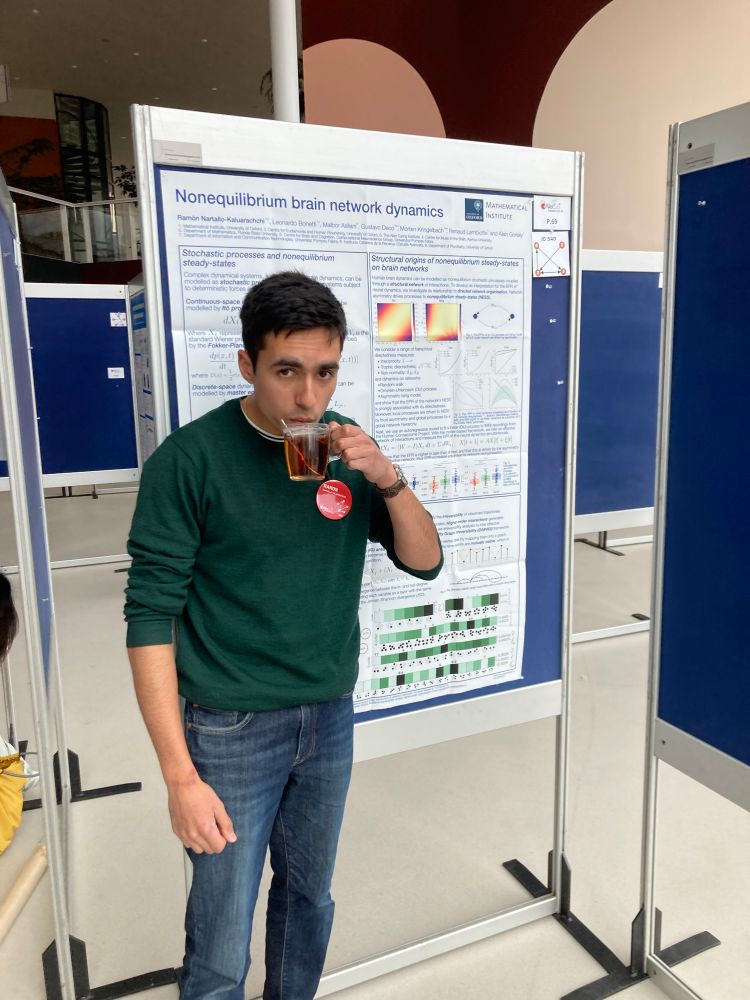
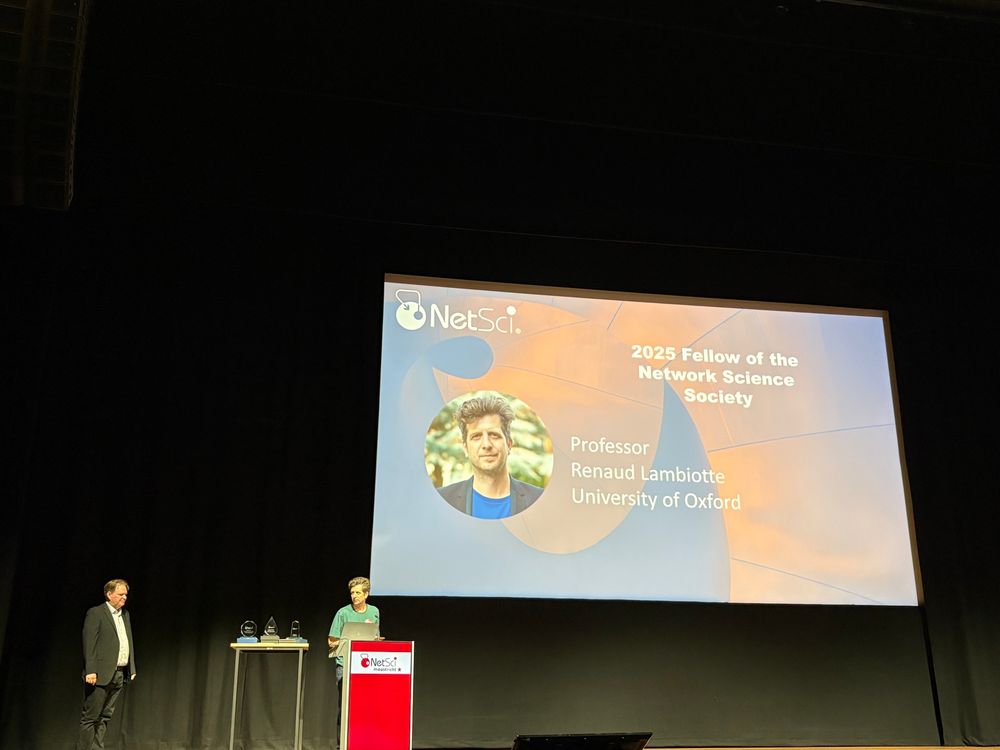
Also got to see our fearless leader, Renaud Lambiotte, collect his well-deserved Fellowship.
#NetSci2025
We build up a theoretical and applied approach to use Hodge theory on graphs to study stochastic systems!
arxiv.org/pdf/2409.07479
#NetSci2025
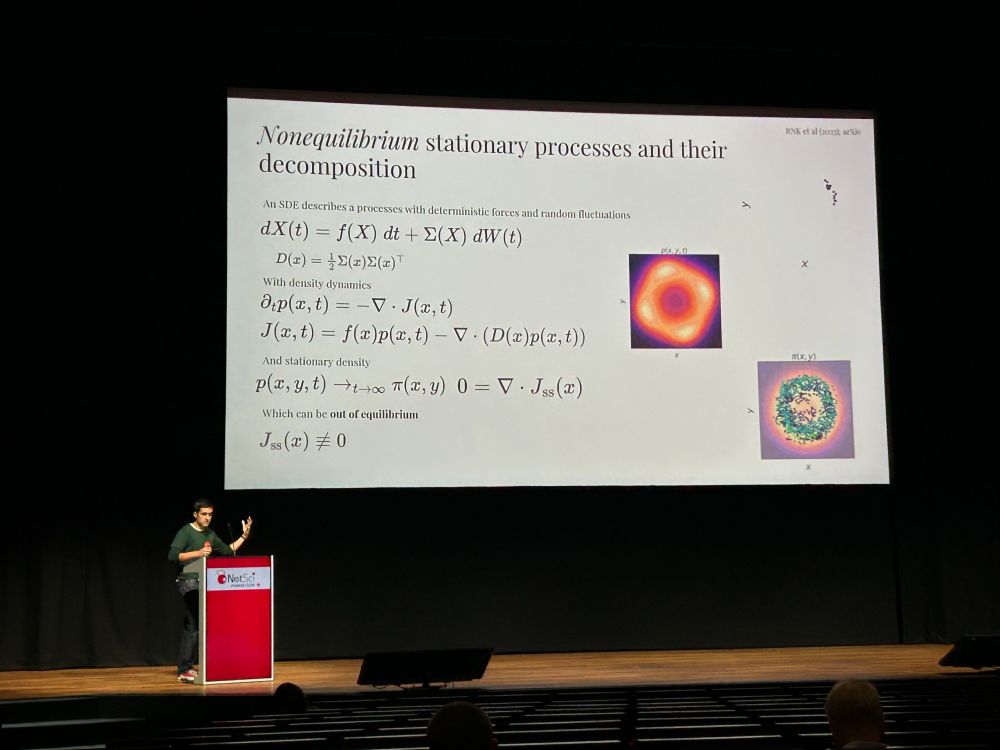
We build up a theoretical and applied approach to use Hodge theory on graphs to study stochastic systems!
arxiv.org/pdf/2409.07479
#NetSci2025




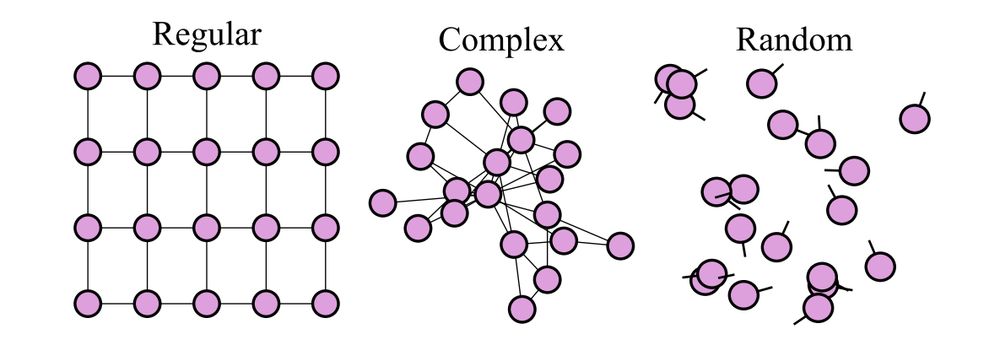
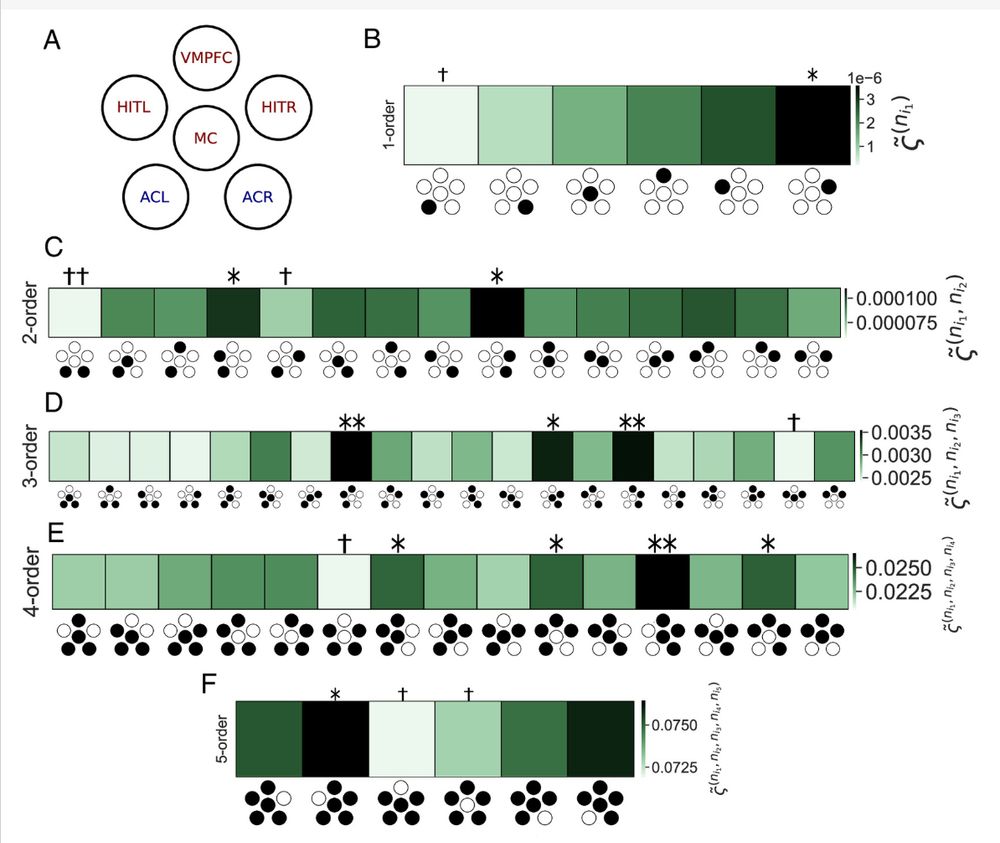
Our method builds directed, multiplex visibility graphs from which we calculate degree distributions and measure irreversibility with divergence.
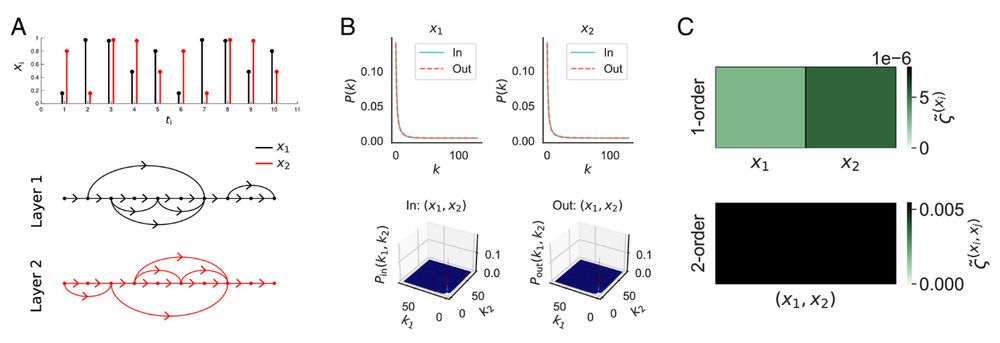
Our method builds directed, multiplex visibility graphs from which we calculate degree distributions and measure irreversibility with divergence.


